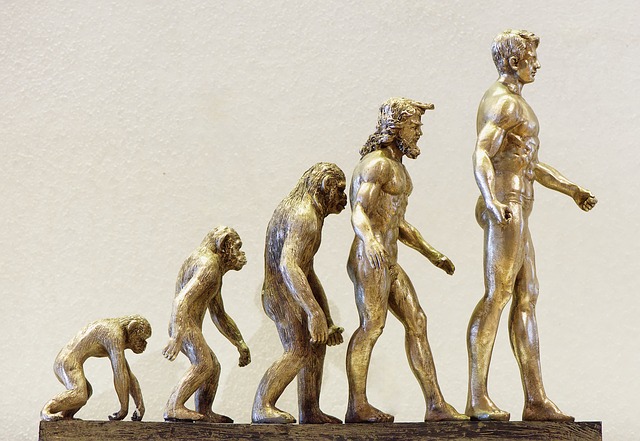 One of the earliest verses in the Bible, in the creation story, is “let there be light.” That simple sentence reveals not only the important sequence of events, but also reveals the vital role that light plays in our universe. In our on-going effort to justify our belief in God as the Creator with our education in science and logic, we may find that the ability to step back from our ordinary experiences allows us to see beyond the obvious.
One of the earliest verses in the Bible, in the creation story, is “let there be light.” That simple sentence reveals not only the important sequence of events, but also reveals the vital role that light plays in our universe. In our on-going effort to justify our belief in God as the Creator with our education in science and logic, we may find that the ability to step back from our ordinary experiences allows us to see beyond the obvious.
That is exactly the case with light.
Light allows us to read our newspaper or computer screen. Light and the absence of it determine our night and day cycle. Light reveals colors that allow us to appreciate the beauty of our world. Light allows us to photographically capture images that we can view at a late time. Light allows us to judge distances and locate lost items.
Light from the sun provides the energy to power plant growth that results in the food on our table.
Even those among us who cannot see, also benefit from the heat that warms our planet, transmitted by light from the sun.
Sunlight, reflected off the moon brightens a dark night. That same light, reflecting off our planetary neighbors in our solar system, allows us to see those planets whose existence would be otherwise hidden from us.
Light from distant stars allows our science to discover the vast expanse and complexity of our universe. The simple dimming of light as planets pass across the face of those distant stars provides us with evidence of planets outside our solar system.
Once again, we are confronted with the question, “who but the Creator could even conceive of such a miracle as light?”
Light is such an integral part of our existence, that it is impossible to imagine our existence without it. Even the most brilliant of our world’s scientists and engineers would be unable to conceive, let alone engineer, a concept as all-encompassing as light.
Again, we are confronted with the question, “is it possible that light is merely an accident of nature?”
Or, did God simply say … “Let there be light.”












